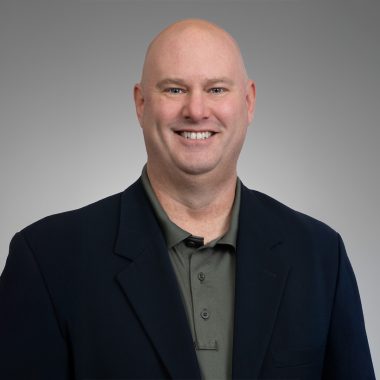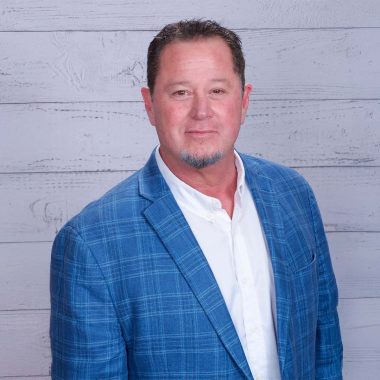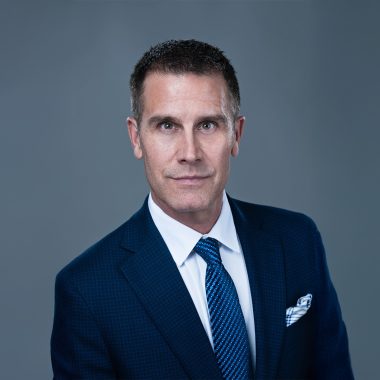Building predictable growth begins with understanding how private equity firms measure success and how to align internal operations with those expectations. Drawing on decades of experience designing and executing growth engines for PE-backed portfolio companies, Keith Vere Fenner focuses on uniting sales, marketing, demand generation, and customer success into a single, cohesive framework that drives measurable performance. He has helped early stage and established companies alike turn capital investment into sustainable growth by aligning go-to-market strategies with investor objectives, operational rigor, and customer lifetime value.
“It always depends on the PE and the company you’re in,” says Fenner. “If you’re a SaaS business from day one, they’ll focus on growth rates, the Rule of 40, and increasingly, gross revenue retention, because that’s where they see how sticky your customer base really is.” The growing emphasis on gross revenue retention marks a shift in investor priorities—from pure expansion to sustained, high-quality growth. “Enterprise value is all about the customers, their lifetime and the type of revenue you generate,” Fenner says. “So job one is ensuring the commercial rigor and metrics PEs care about are available all the time, every time.”
From Chaos to Commercial Architecture
Each organization he joins comes with its own complexities, multiple systems, differing processes, and competing definitions of success. He calls this phase “chaos to commercial architecture”, the journey of transforming a patchwork of tools and teams into a unified growth engine. “When I walk into a PE-backed business, I’m never starting from a clean slate,” Fenner says. “Each acquired company or department usually runs its own systems, processes, and definitions of success.”
The first task is to bring order to that complexity. He evaluates existing tools—from sales enablement and data enrichment platforms to marketing automation—and determines which to standardize across the business. Once the foundation is set, he creates a single set of KPIs spanning sales, marketing, customer success, and revenue operations. “You need one scorecard,” he says. “Otherwise, every board meeting becomes a debate over data instead of a discussion about strategy and execution.”
He draws inspiration from Amazon founder Jeff Bezos’s philosophy of operational clarity. “If strategy, execution, and reporting are aligned, you shouldn’t need a meeting,” Fenner says. “Meetings should only exist when something isn’t lining up.” Establishing this commercial architecture typically takes six to twelve months, with real traction emerging in the second quarter. “The first quarter is learning,” he adds. “The second is when you start delivering results.”
Building the Foundations of Repeatable Growth
Fenner highlights three strategies for scaling predictable growth: commercial architecture, clean data, and culture. “Everything touches revenue,” he says. “Your architecture must reflect that. Every function—sales, marketing, customer success—needs KPIs that roll up to revenue outcomes.” The second pillar, data, is where most companies falter. Nearly every company he’s joined has lacked consistent baseline data, often due to acquisitions and siloed systems. “We think we know our data,” Fenner says, “but I challenge that every time. You can’t scale if you don’t have a good handle on it. Even defining what a ‘customer’ means can differ across systems. Without that baseline, you can’t switch on AI or predictive analytics effectively.”
The third component—communications and culture—is often underestimated. “Cultural alignment can make or break transformation,” Fenner says. “When you introduce rigor, compliance, and new governance structures, people can feel burdened. Leaders must help them connect those changes to the growth journey.” He often brings in communications specialists during high-change periods to ensure the message lands.
Technology and the New Rules of Value
As technology reshapes how private equity firms identify and evaluate growth opportunities, advanced analytics and AI are becoming essential enablers of performance insight. These tools give investors the ability to benchmark companies, identify operational inefficiencies, and predict future value creation with greater precision. For Fenner, the most effective companies embed AI into daily workflows to drive efficiency, strengthen security, and improve forecasting accuracy. Information governance is one area where this approach proves invaluable. By using AI to locate, categorize, and manage data across complex organizations, leaders gain visibility and control over their digital assets. “Most companies don’t actually know where all their data lives, and that’s a major business risk.” Clean, well-structured data leads to sharper insights, smarter decisions, and stronger protection against threats like ransomware.
And on the investor side, private equity firms are also embracing these technologies to sharpen portfolio strategies and decision-making. They’re using data-driven insights to benchmark performance across companies, forecast value creation, and identify growth opportunities earlier and with more confidence. “Private equity firms are becoming far more data-led,” Fenner says. “They’re analyzing patterns across portfolios and have learned that gross revenue retention is one of the clearest indicators of sustainable enterprise value.”
The Enablement Imperative
The final ingredient in Fenner’s model is enablement, the glue that makes change stick. “You can build the best systems in the world, but if your people don’t know how to use them, you’ll lose consistency,” he says. His approach is to identify internal champions early, equip them first, and let adoption ripple outward. The CRO role today is about turning complexity into clarity. As Chief Revenue Officer at a legal technology and managed services firm, Fenner applies this philosophy by connecting go-to-market strategy, customer success, and data-driven insights to deliver steady, scalable performance for both clients and investors. “You’re the spokesperson who ensures everyone understands where we are, where we’re going, and how close we are to the numbers. That’s how you build confidence, with your people, your board, and your investors.”
To learn more about Keith Vere Fenner and his work in driving scalable, predictable growth, connect with him on LinkedIn.








